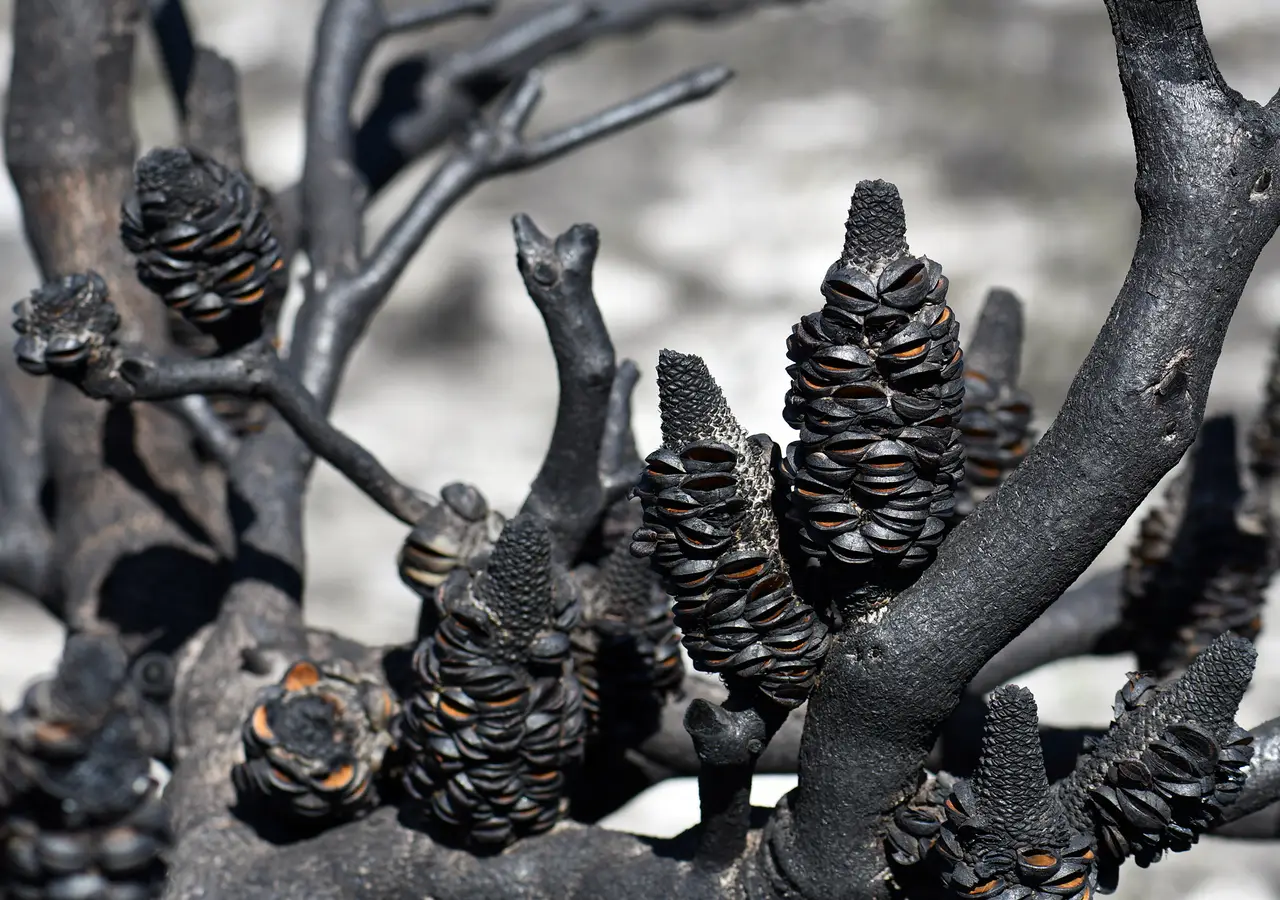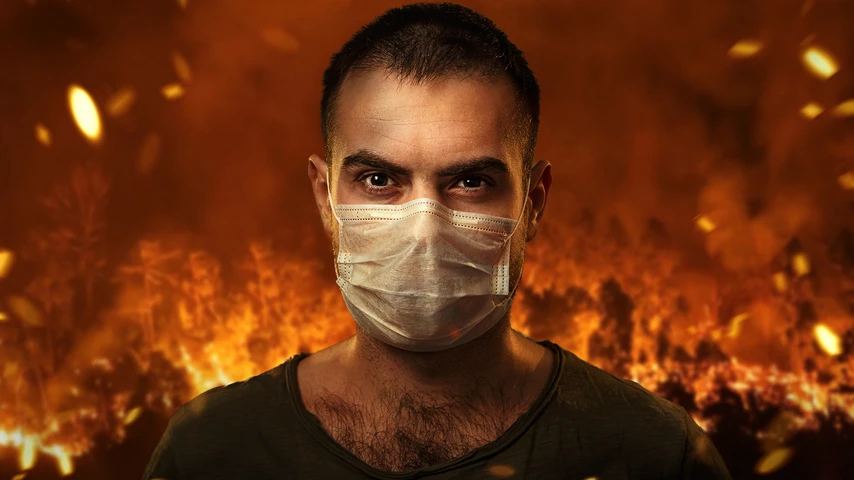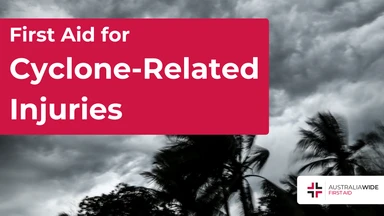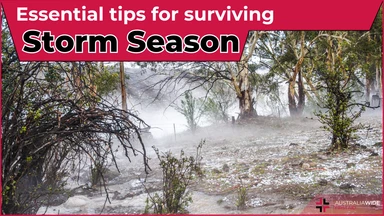Australia Bushfire First Aid Tips


The brave efforts of the emergency services continue to bring relief to the Australian communities facing bushfire threats.
The first priority in managing a burn is to stop the burning process, cool the burn (which will provide pain relief) and cover the burn.
- Smother the flames with a fire blanket or blanket - Move away from the burn source - Cool the area with water preferably, if no water is available use a hydrogel product (such as burnaid)

Although many people associate fire casualties with heat and flames, smoke inhalation is actually the leading cause of death among those who get caught in fires.
*Note: If it is safe to move someone to safety, filter the smoke for both you and the casualty with a P2 mask or cloth (cloth nappy or muslin work well).
Step 3: Wait 4 minutes. If there is little or no improvement give another 4 puffs. Step 4: If there is still no improvement, call an ambulance immediately. Keep giving 4 puffs every 4 minutes until the ambulance arrives. Note: If someone is showing signs of a severe asthma attack you should call an ambulance immediately and follow this Asthma First Aid Plan until it arrives. For more information about asthma, read our article, What is Asthma?.

March 3, 2025
Injuries during cyclones often result from flying debris, collapsing structures, and flooding. Knowing basic first aid can help prevent further harm while waiting for emergency services.

March 3, 2025
If a cyclone makes landfall, meaning that it crosses from the sea onto land while still being strong enough to be classified as a cyclone, the damage it can cause can be disastrous. Preparation is key to minimising the risks associated with cyclones. The damaging weather can last for days, exacerbating risks as hazards intensify.

November 1, 2024
Severe storms are a common and dangerous occurrence in Australia, particularly in regions like Queensland. These storms can bring large hail, damaging winds, heavy rain, and occasionally tornadoes, all of which can put both people and property at risk. Preparing for and responding to severe storms effectively is key to ensuring safety.